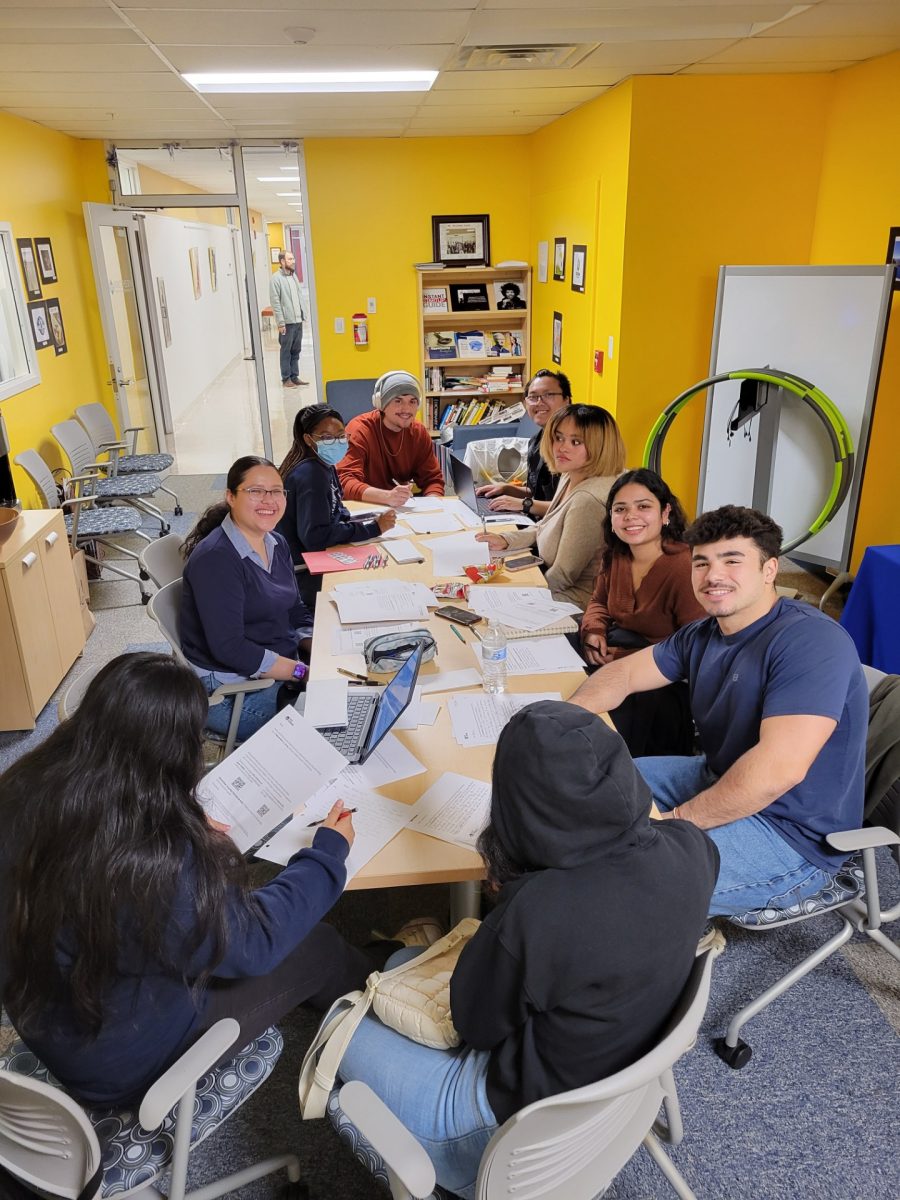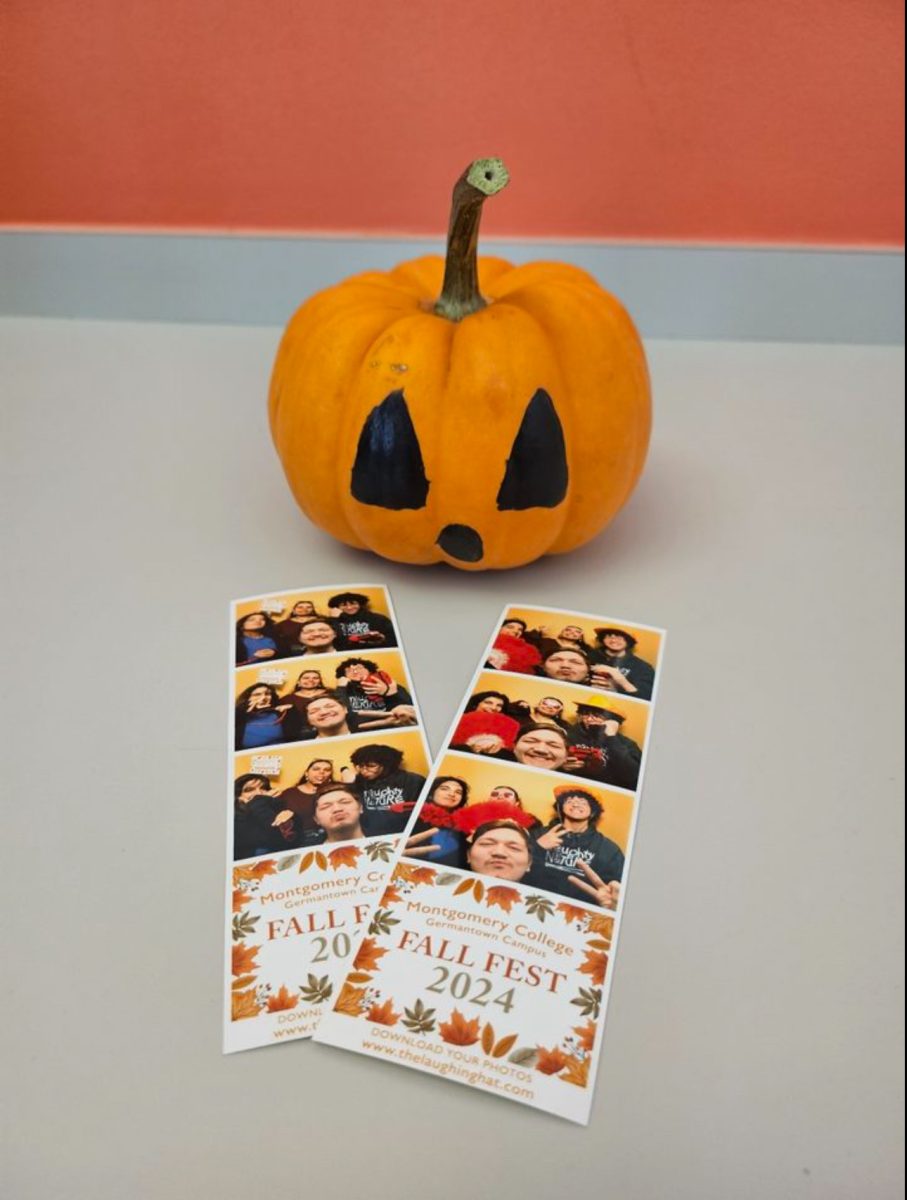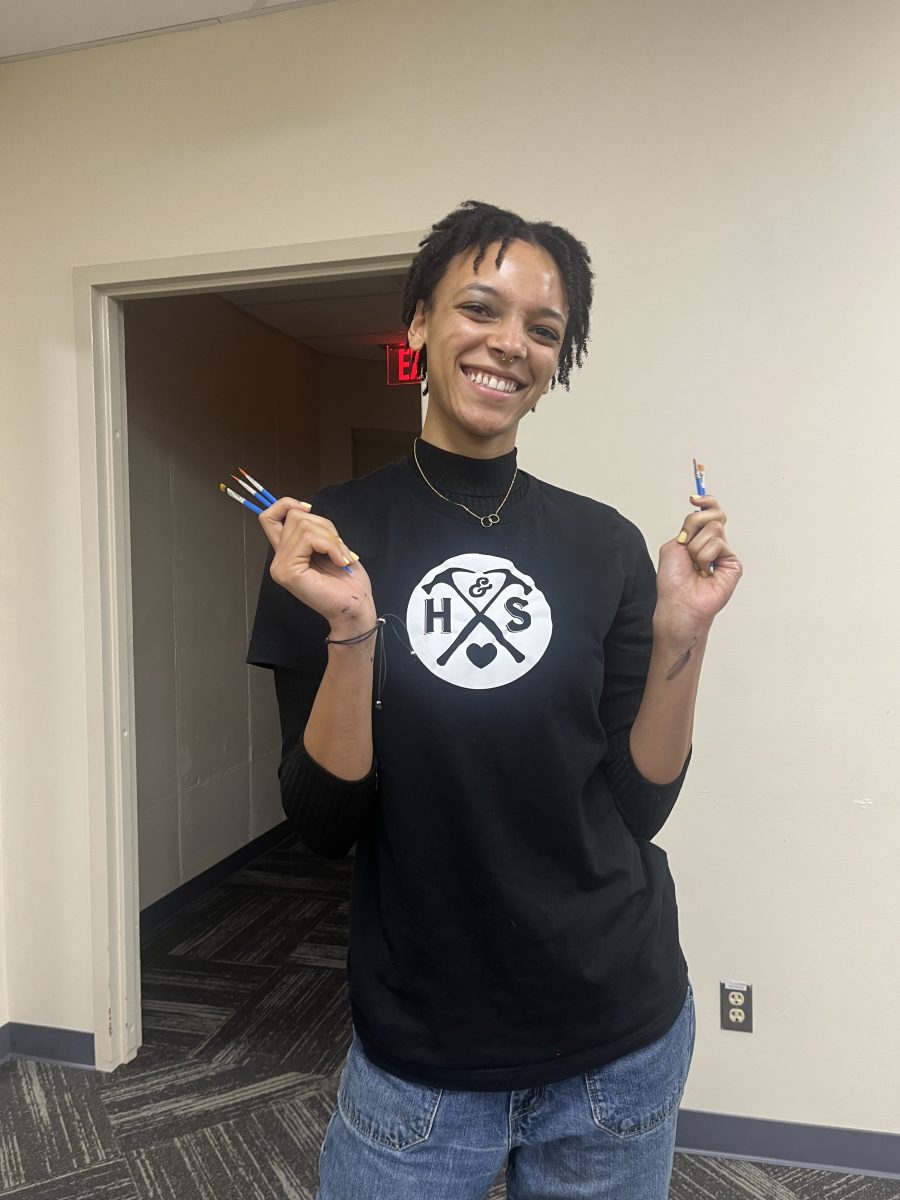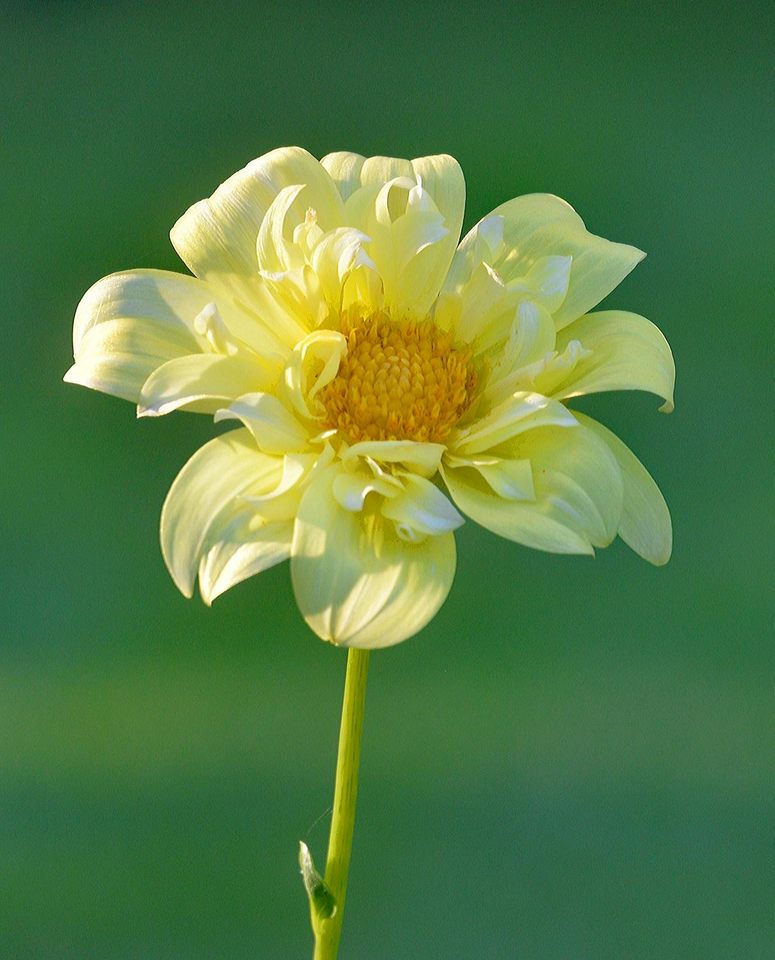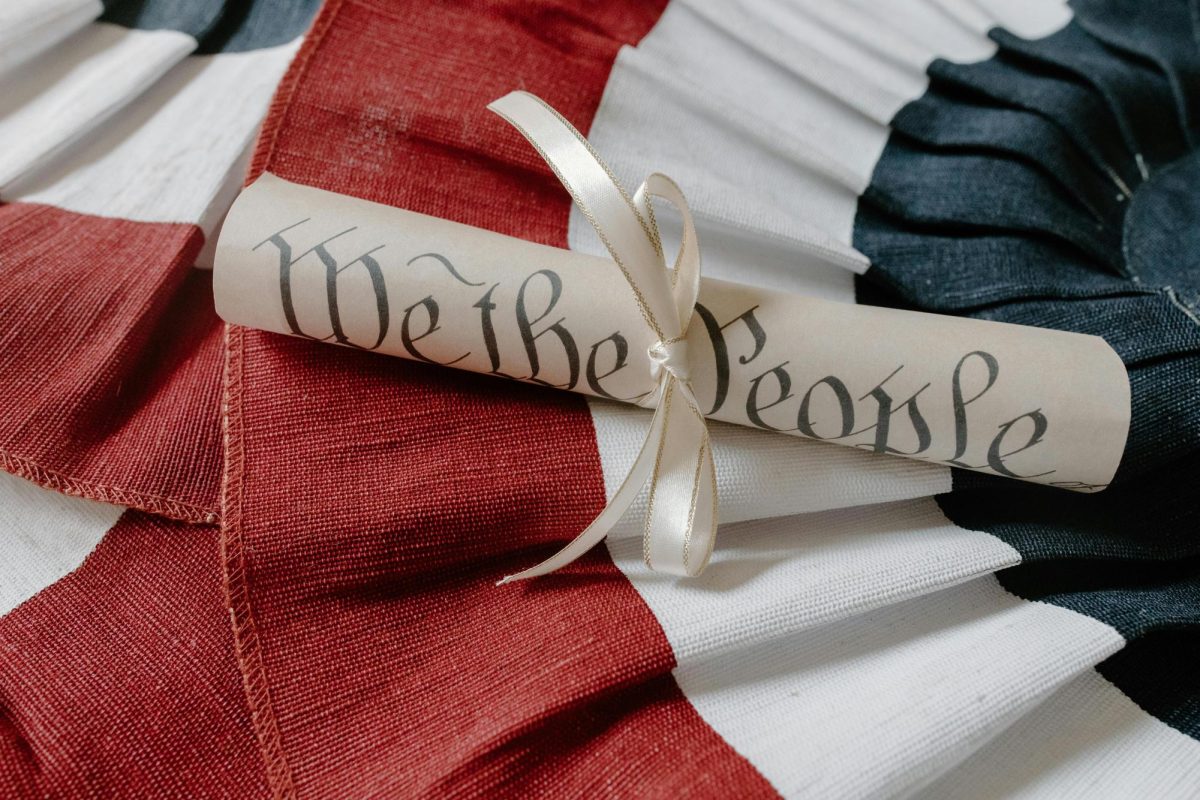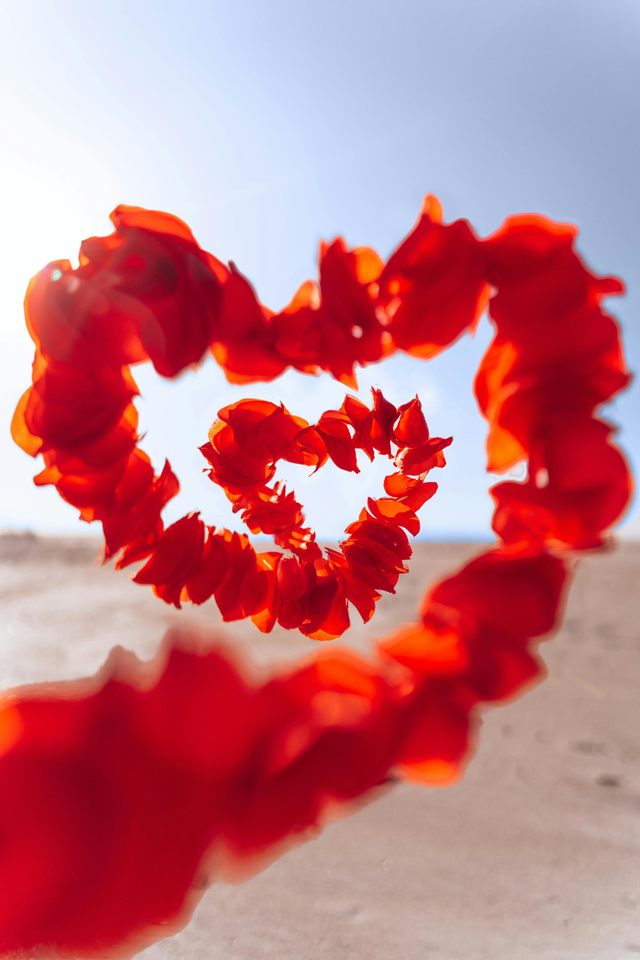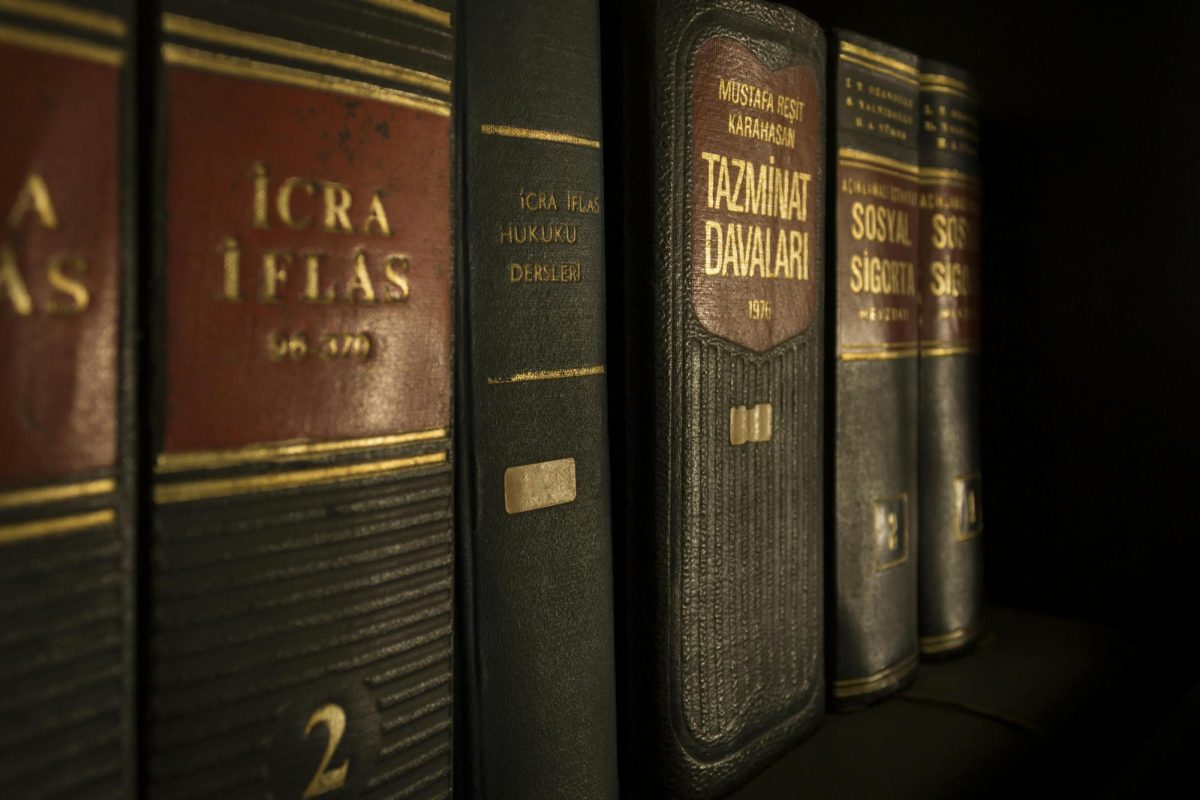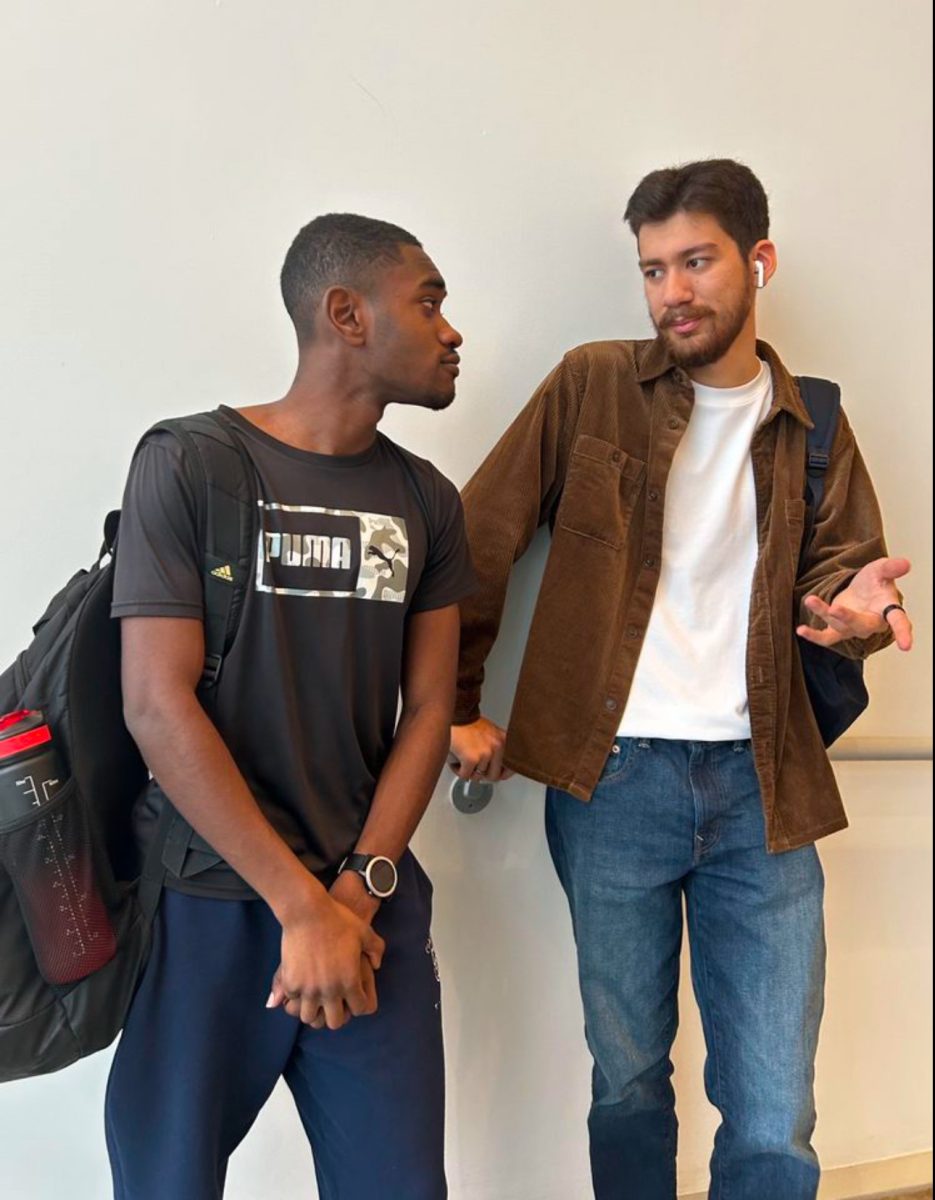By Aisha Sowe
This past spring break, a group of 23 students (in total from the three campuses) and two staff members traveled to the Chesapeake Bay on March 14 and 16 to learn more about the Bay’s conservation, volunteer, and bond with each other.
The original plan was to travel to Puerto Rico, but due to COVID, Student Life decided to stay domestically in Maryland and visit the Chesapeake Bay Conservation. When the term “alternative” is used for spring break, this is used in the sense of students visiting a local destination with the intention of learning about the culture of the environment they are in, the issues of said environment, and volunteering to help the community.
“Students can reconnect that service is valuable,” said Student Life Volunteer Coordinator at the Germantown Campus Hannah Stocks. During the two days, students had the opportunity to visit Flag Pond Park, Calvert Marine Museum, and the Chesapeake Bay Foundation.
On the first day, students took part in a survey on three museum exhibits (Marine, Paleontology, and Maritime) at the Calvert County Museum. The students collaborated with the director on what they wanted to change within those exhibits in order to promote inclusivity. “[The survey is] kind of cool to think of a different way of surveying…to make a museum exhibit exclusive.” added Stocks.
Another activity that the students did on the first day was clean up trash at the beach located at Flag Pond Park. Second-year business student Jahanvi Singh says that cleaning up trash at the beach “shows how grateful we were for helping out…[the beach clean up] was the best part for me.” The beach is a space meant for the animals at the Bay, so students made sure to clean up the trash in order for a safe environment for the animals.
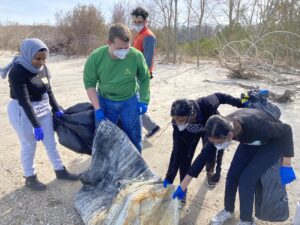
On the second day at the Bay, students visited a farm and learned about how farms are the potents of the Bay. After learning about the impact the farms had on the Bay, the students planted over 1,000 trees in order to prevent runoff.
MC issues two student service hours: Student Service Award (20+ hours) and Spirit of Service Medallion (100+ hours). Between the two days, each student earned 12 student service learning hours from volunteering.
Stocks issued a “no-tech policy” during the trip so that students can not only be present in nature but also bond with each other. “I thought [the policy] might be push back, but students said ‘thank you.’” added Stocks. “I wanted to [get out of my comfort zone] and interact with other people.” says cybersecurity student Emily Tobar Castaneda.
Third-and-a-half-year electrical engineering student Anouar Rafai volunteered as a reflection leader on the trip. He was originally going to be a reflection leader on the trip to PR, but due to the cancellation, he decided to continue his leadership role to the Chesapeake Bay. “I would definitely [encourage] students who are still at MC [to participate in these trips],” said Rafai.
Overall, the trip turned out to be a success among the students as they enjoyed their time volunteering at the Chesapeake Bay and interacting with students. “[The trip] helped me learn more about the environment,” said third-year public health student Barke Ahmed Khamis.


